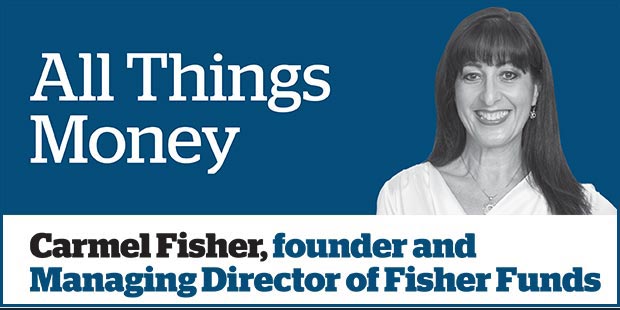I could never be a currency trader. Uncertainty exists in all markets but, in currency markets, you can be certain about very little.
Currencies react to a myriad of factors, at lightning speed, and often in the opposite direction you'd expect.
I was taught that generally a strong currency is reliable, with characteristics such as a stable political system, consistent monetary and fiscal policies and economic growth. A soft currency, on the other hand, is unreliable, due perhaps to political instability, unrest or general unpredictability.
My university professors also taught me currency is a zero-sum game. In any currency trade whatever one trader gains, another loses. You win some currency trades and you lose others and it all evens out over time - so there is no point wasting too much intellectual energy on picking a winning strategy.
This academic understanding of currency held me in good stead for most of my career as I focused my efforts instead on picking stocks, thinking about currency only when I was heading overseas on holiday or analysing the profitability of an exporting company.
Even with the latter, I didn't give currency too much thought because most New Zealand companies selling overseas have a currency strategy involving hedging or locking in a certain currency level so they can have certainty as to their revenues. No point, therefore, trying to second-guess how currency movements might affect them.
Unfortunately this relatively passive approach to currency came unstuck following the financial crisis when the so-called 'global currency war' began.
It is also known as competitive devaluation or the 'race to the bottom' and occurs when countries compete to achieve a relatively low exchange rate for their own currency. As their currency falls, so does the price of their exports, theoretically leading to an increase in economic growth and employment.
The problem is, in this latest currency war, so many countries have jumped on the bandwagon that actual results have differed from the theoretical.
Currencies have gained in countries neither reliable, consistent nor growing; rather than it being a zero-sum game, the deflationary environment has led to a positive-sum game with few losers. It has been more a question of who wins the most in the race to the bottom.
Countries which didn't take part in the battle at the start have had to join the fight, otherwise their currencies would have become too expensive compared to their neighbours' - an unpleasant scenario for export-oriented economies.
According to the Global Banking and Finance Review, those countries lowering benchmark interest rates (which is how the game is generally played) since the start of 2015 are: Romania, India, Switzerland, Egypt, Peru, Denmark, Turkey, Canada, Pakistan, Albania, Russia, Australia, Sweden, Indonesia, Israel, China, Poland, Thailand, South Korea, Serbia, Hungary, Sri Lanka, Norway and of course New Zealand - quite an impressive list.
Since the Lehman Brothers collapse in 2008, central banks have lowered interest rates more than 570 times. It is not surprising currency volatility has increased, making it almost impossible to second-guess what comes next.
Those parity predictions of recent times have fallen wide of the mark. John Key might be proven wrong - the 'Goldilocks' level of the New Zealand dollar (around US65c) might turn out to be too hot or too cold. Even the trusty old rule of thumb of hedging 50 per cent of one's foreign exposure in order to be neutral may no longer apply.
As one commentator suggested, a 50 per cent hedge is like half an umbrella - practically useless.
So how are we to play this currency game? I'm thinking it's best played as an interesting spectator sport.

